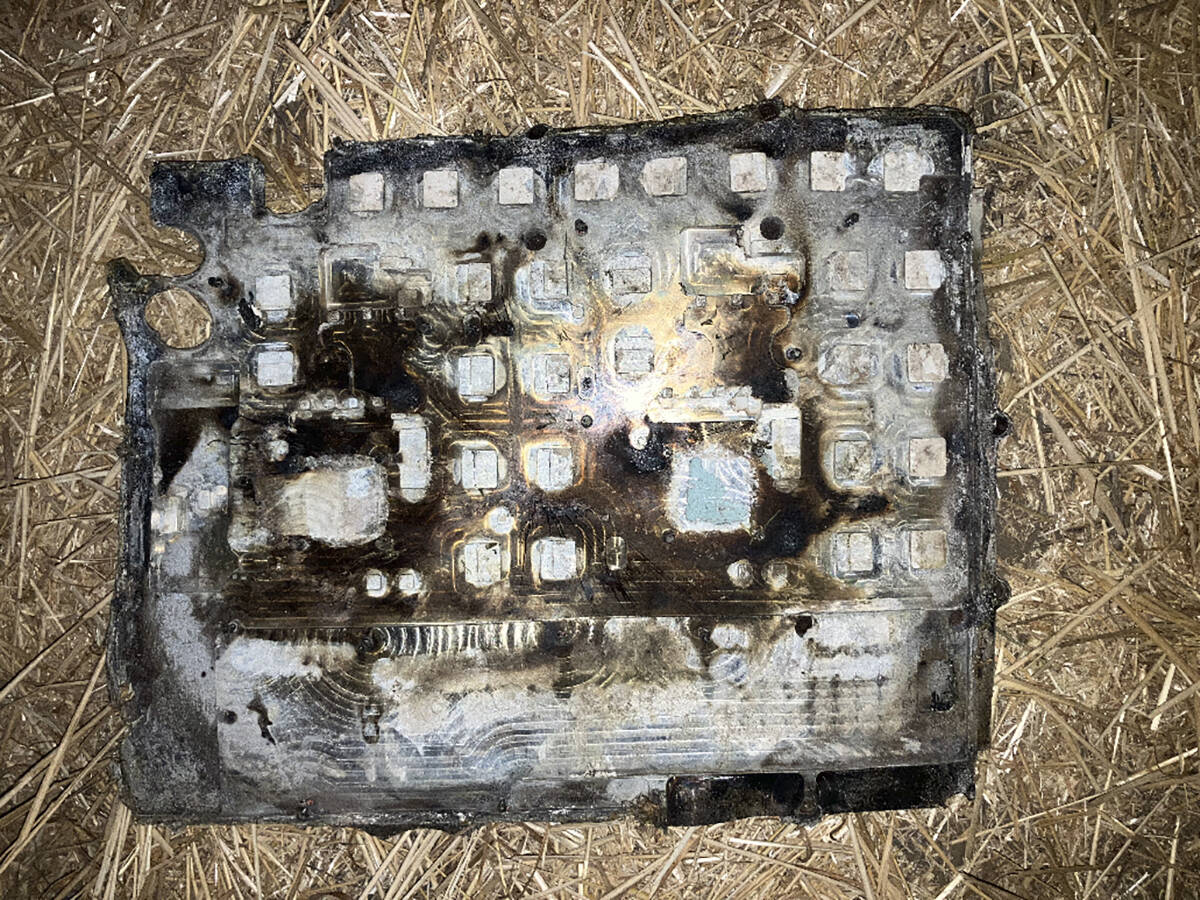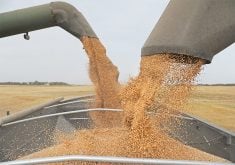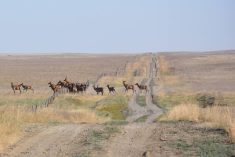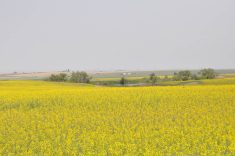WINNIPEG — Saskatchewan farmers made about 14,200 crop insurance claims in 2023, which correlates to $1.85 billion in crop insurance payments.
That is significantly less than 2021, a year of extreme drought in Western Canada, when Saskatchewan Crop Insurance Corp. paid out $2.3 billion worth of claims just for annual crops.
Thanks to another year of drought and poor crop yields in western Saskatchewan, SCIC suffered about $750 million in financial losses in 2023.
Read Also

Farmers asked to keep an eye out for space junk
Farmers and landowners east of Saskatoon are asked to watch for possible debris in their fields after the re-entry of a satellite in late September.
“When we are final on all those claims (from 2023), our estimate is $1.85 billion,” said Jeff Morrow, SCIC president and chief executive officer.
“Our premium was just over $1.1 billion.”
Morrow made the comments this morning when SCIC and the Saskatchewan government released its estimates of crop insurance premiums for 2024.
The average premium for multi-peril crop insurance will be $12.71 per acre and the average coverage is $389 per acre.
That’s down from previous years:
- The average coverage for 2023 was $446 per acre and the average total premium was $14.79 per acre,
- In 2022 the average coverage was $405 per acre.
The decrease in premiums and coverage is directly connected to the decline in grain and oilseed prices, compared to 2023.
Looking at specific crops, Morrow said the average premium per acre for hard red spring wheat is $7.55 per acre, or $318 in coverage.
“For canola, $17.28 an acre. For about $493 in coverage…. Large green lentils, $27 an acre premium. For about $380 in coverage.”
During a call with media, Morrow and Saskatchewan agriculture minister David Marit announced several changes and enhancements to the crop insurance programs.
“SCIC’s weather-based programs now provide options to insure intercrops and additional feed crops. The Mixed Forage Rainfall Insurance Program protects any forage feed crop not previously covered under weather-based programs, including mixed forage, greenfeed and silage, if seasonal precipitation is below average,” said a provincial news release.
“With the Intercrop Rainfall Insurance Program, annual intercrops intended for harvest can now be insured for below average seasonal precipitation.”
SCIC is also increasing coverage for the 2024 Forage Rainfall Insurance Program.
“Producers can select from three levels of coverage — low, medium and high — offering flexible risk management and related premium cost options.”
Ray Orb, president of the Saskatchewan Association of Rural Municipalities, praised the government and SCIC for the program enhancements.
“We thank the ministry of agriculture and SCIC for listening to concerns brought forward from SARM and other organizations that will promote increased communications and provide better insurance programming for farmers and ranchers alike.”
In its press release, the Saskatchewan government noted that the SCIC, through its business risk management programs, paid out more than $6 billion in insurance claims to producers in the last three years.
That includes $2.3 billion in multi-peril payouts for annual crops in 2021.
Most of those claims over the last three years were connected to drought.
Reporters asked Marit if the recent snowfall in the province will reduce the risk of drought and crop insurance claims in 2024.
It’s much too early to know what will happen in this year’s growing season, but the snow is helpful, Marit said.
Contact robert.arnason@producer.com


















